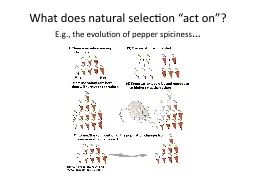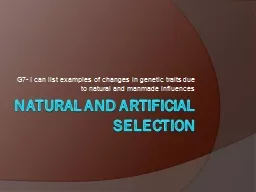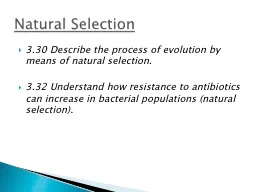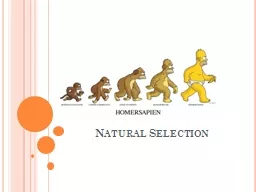PPT-Natural selection favors behaviors that increase survival a
Author : myesha-ticknor | Published Date : 2016-05-02
Concept 515 Nia Sanders Foraging Behavior Optimal foraging theory views foraging behavior as a compromise between the benefits of nutrition and the costs of obtaining
Presentation Embed Code
Download Presentation
Download Presentation The PPT/PDF document "Natural selection favors behaviors that ..." is the property of its rightful owner. Permission is granted to download and print the materials on this website for personal, non-commercial use only, and to display it on your personal computer provided you do not modify the materials and that you retain all copyright notices contained in the materials. By downloading content from our website, you accept the terms of this agreement.
Natural selection favors behaviors that increase survival a: Transcript
Download Rules Of Document
"Natural selection favors behaviors that increase survival a"The content belongs to its owner. You may download and print it for personal use, without modification, and keep all copyright notices. By downloading, you agree to these terms.
Related Documents














